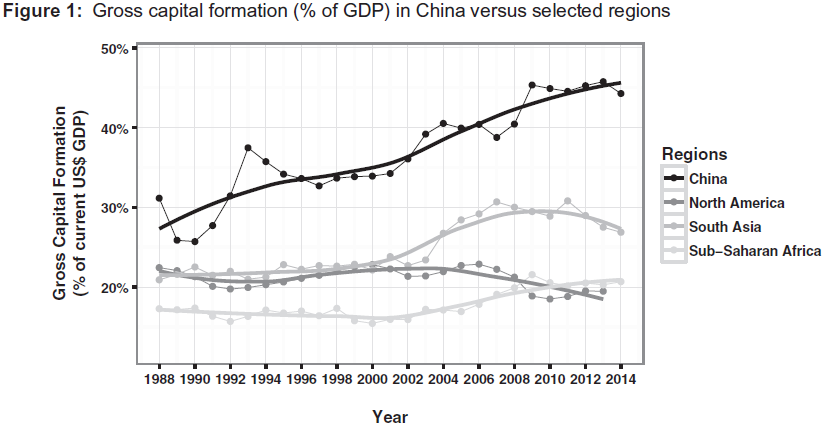One of the main outcomes of the Revolution of Dignity in Ukraine was the removal of a Russian puppet government. It was believed that the Russian grip on Ukraine’s economy was so strong that it was almost solely to blame for the country’s bad economic performance. After the revolution and a period of deep recession and inflation, the first quarter of growth relieved the country. However, in the years to come GDP growth was nowhere near as fast as some predicted or hoped for (Trading Economics, 2019). Ukraine was also lagging in development measures. Why?
Let us start with one of the root causes of the problem. In order to stay in power, the government had no problems with popularity right after the revolution, given the alternatives. After time, however, leaders had to defend their position, and they did this by avoiding responsibility for slow or missing progress. The government had two groups to please: normal people and economic elites. Normal people have no problem starting another revolution. Economic elites have a lot of political leverage due to the double balance problem (North et al., 2006).
In order to please the people, the government subsidises communal utilities: water, electricity, natural gas, and internet. In order to please the oligarchs, the government effectively subsidises their economic activity: usage of the national railway system, their businesses and factories, including the commodities that they need such as natural gas and coal (Evans, 2006). As a result, commodities used by the heavyweight industries owned by the oligarchs are available at below-market prices.
But what’s the connection between too low prices and slow development?
Let us use natural gas as an example. If it can be bought for less than the market price by people and industries, then two things happen. First, the subsidy money is usually extracted from another government controlled industry, which makes that industry uncompetitive. Secondly, the industry that ends up purchasing the cheap gas becomes uncompetitive too, should the price of gas increase because of a higher market price or a reduced subsidy. The reason for this being the fact that gas may constitute half of the price of the final product – an increased cost or a decreased market price for that product disables the business to some extent.
Uncompetitive businesses, in turn, do not invest into R&D, innovation, education, infrastructure and technology, which slows down growth and development. Apart from the lack of ability to invest, there is usually lack of incentive too. If the gas is that cheap, why would you look for more advanced technology?
Bottom Line: After a revolution and a period of recession Ukraine is not experiencing fast growth or development rates that one would expect or hope for. The mechanism that is preventing the improvement from happening has its root in the government’s need to avoid responsibility to the people and oligarchs. Through subsidising communal utilities as well as the large-scale economic activity of big economic players in the country, the government effectively makes those industries uncompetitive. Which, in turn, prevents any investment into R&D, innovation, education, infrastructure and technology.
* Please help my Growth & Development Economics students by commenting on unclear analysis, alternative perspectives, better data sources, or maybe just saying something nice :).






